It is your GPOD editor, Joseph, here today, sharing photos of more wildflower adventures, this time in southern Indiana. It is amazing to me what beautiful flowers I saw and how many of them I have never seen in gardens! There is so much more we can do to truly appreciate and grow our beautiful native plants.
Giant waterleaf (Hydrophyllum appendiculatum, Zones 3–7) has big beautiful clusters of soft blue flowers.
Many of the hillsides I saw were just covered with clouds of these giant waterleaf blooms. This plant is a biennial, so after the flowers fade the plants will die, setting lots of seed to germinate and carry on the show in future years.
Prairie trillium (Trillium recurvatum, Zones 4–9) was a new species for me to see in the wild. Though the flowers are not as showy as those of the classic great white trillium (Trillium grandiflorum, Zones 3–9), they are beautiful and interesting and definitely reward a closer look.
Speaking of rewarding a closer look, wild ginger (Asarum canadense, Zones 4–7) has attractive foliage, but it is easy to overlook the flowers. Because they are pollinated by beetles that live on the ground, the blooms open not up in the air but down right at the soil surface, often even covered by leaf litter. But in the spring it is worth poking around a little to see and enjoy these unusual flowers.
Violet wood sorrel (Oxalis violacea, Zones 5–9) is a plant that was new to me, and I just fell in love with it. Some sorrels are weeds, but this is a wonderful little native. The little pink flowers were fine—but the foliage! I just loved the carpet it made of green leaves, each marked with a dark burgundy pattern. I would LOVE to have this carpeting my shade garden at home.
I’ve pulled a LOT of weedy, invasive, European chickweed (Stellaria media, annual) out of my gardens, but this native star chickweed (Stellaria pubera, Zones 4–11) actually surprised me by being quite beautiful!
I never get tired of seeing woodland phlox (Phlox divaricata, Zones 3–8). Each plant is a little different, and each one is beautiful.
Have a garden you’d like to share?
Have photos to share? We’d love to see your garden, a particular collection of plants you love, or a wonderful garden you had the chance to visit!
To submit, send 5-10 photos to gpod@taunton.com along with some information about the plants in the pictures and where you took the photos. We’d love to hear where you are located, how long you’ve been gardening, successes you are proud of, failures you learned from, hopes for the future, favorite plants, or funny stories from your garden.
Have a mobile phone? Tag your photos on Facebook, Instagram or Twitter with #FineGardening!
Do you receive the GPOD by email yet? Sign up here.
Fine Gardening Recommended Products
Plant Covers Freeze Protection 10 ft x 30 ft Floating Row Cover 0.9oz/yd²
Fine Gardening receives a commission for items purchased through links on this site, including Amazon Associates and other affiliate advertising programs.
Lightweight and Breathable MATERIAL Good for protecting Plant: the plant frost cover material is 0.74 oz/sq non-woven polypropylene fabric, which is lightweight, breathable, and durable. The plant blanket frost protection allows sunlight reach the plants, perfect for protecting plants from the damage of freeze or frost. Wide Application In your Garden Work. The plant row cover not only can work as a barrier against frost, but also can be a great tool for germination and good for rapid seedling growth. By using the fabric plant covers over your plant, you can start the plant earlier in the spring and extending the growing season of your plants. How to Use the Plant Covers: you can cover the plant covers for freeze over your the plants loosely directly and then secure the plant frost blanket with soil, stones or staples. You can also support the floating row covers with a hoop, make enough room for plants to breath and grow. You could also cut the plant covers into different sizes for different purposes.
Razor-Back Potato/Refuse Hook
Fine Gardening receives a commission for items purchased through links on this site, including Amazon Associates and other affiliate advertising programs.
Niteangel Natural Wooden Insect Hotel, Garden Insect House for Ladybugs, lacewings, Butterfly, Bee, Bug
Fine Gardening receives a commission for items purchased through links on this site, including Amazon Associates and other affiliate advertising programs.
The insect nest box provide a safe environment where garden creatures can shelter, hibernate and lay their eggs, the insect house can also keep insects from entering your warm room. The insect hotel makes it easy to find and observe fascinating creatures. the butterfly, bees and ladybugs can use this product as habitat. Dry wood and Bamboo can be home to many insects such as ladybirds and lacewings which eat aphids and help keep your plants pest-free. the insect hotel improve the growth of plants in your yard by attracting beneficial insects. The iron design on the top can keep the insect house from rainwater. Let the insect house have a longer useful life and make the insects more comfortable. If you only have a balcony or yard, the hanging garden shelter is ideal as it provides a choice of suitable habitats in a small area.
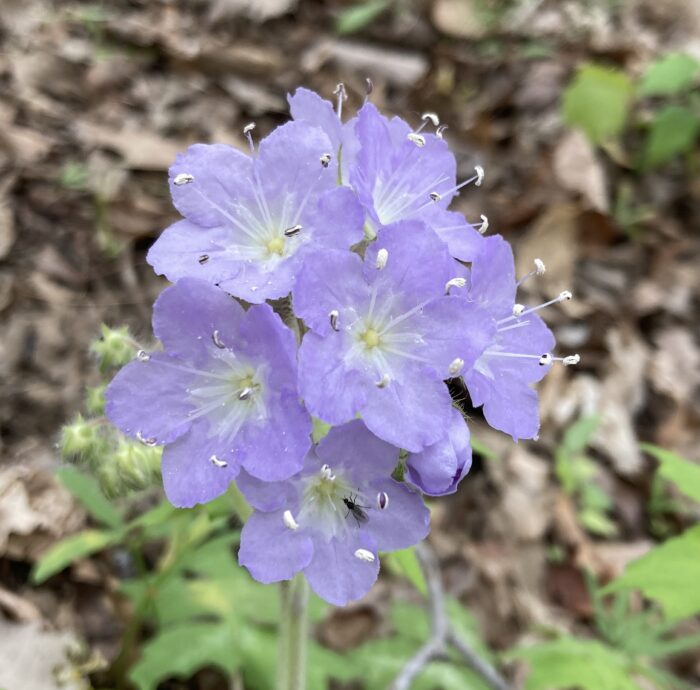
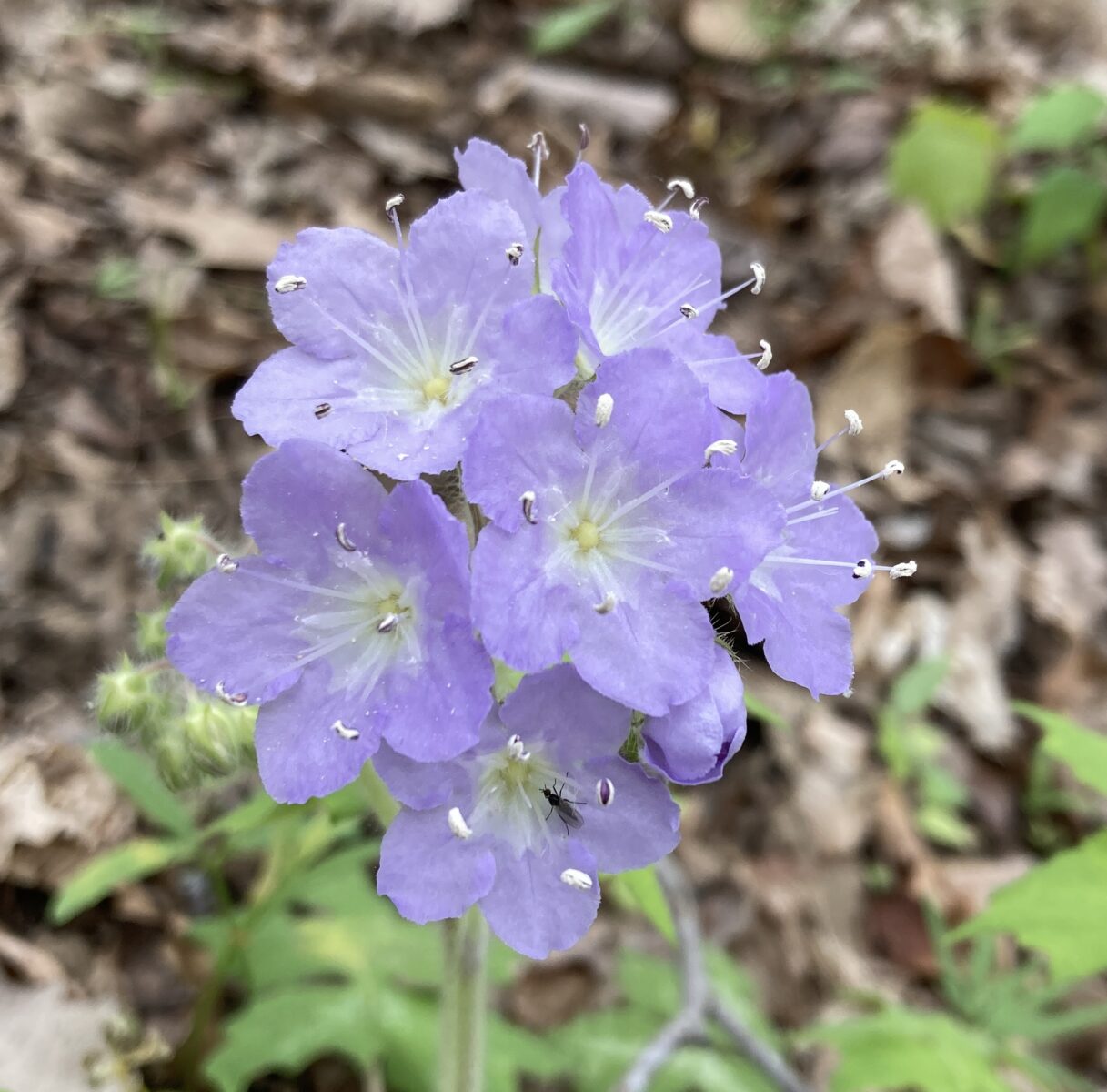

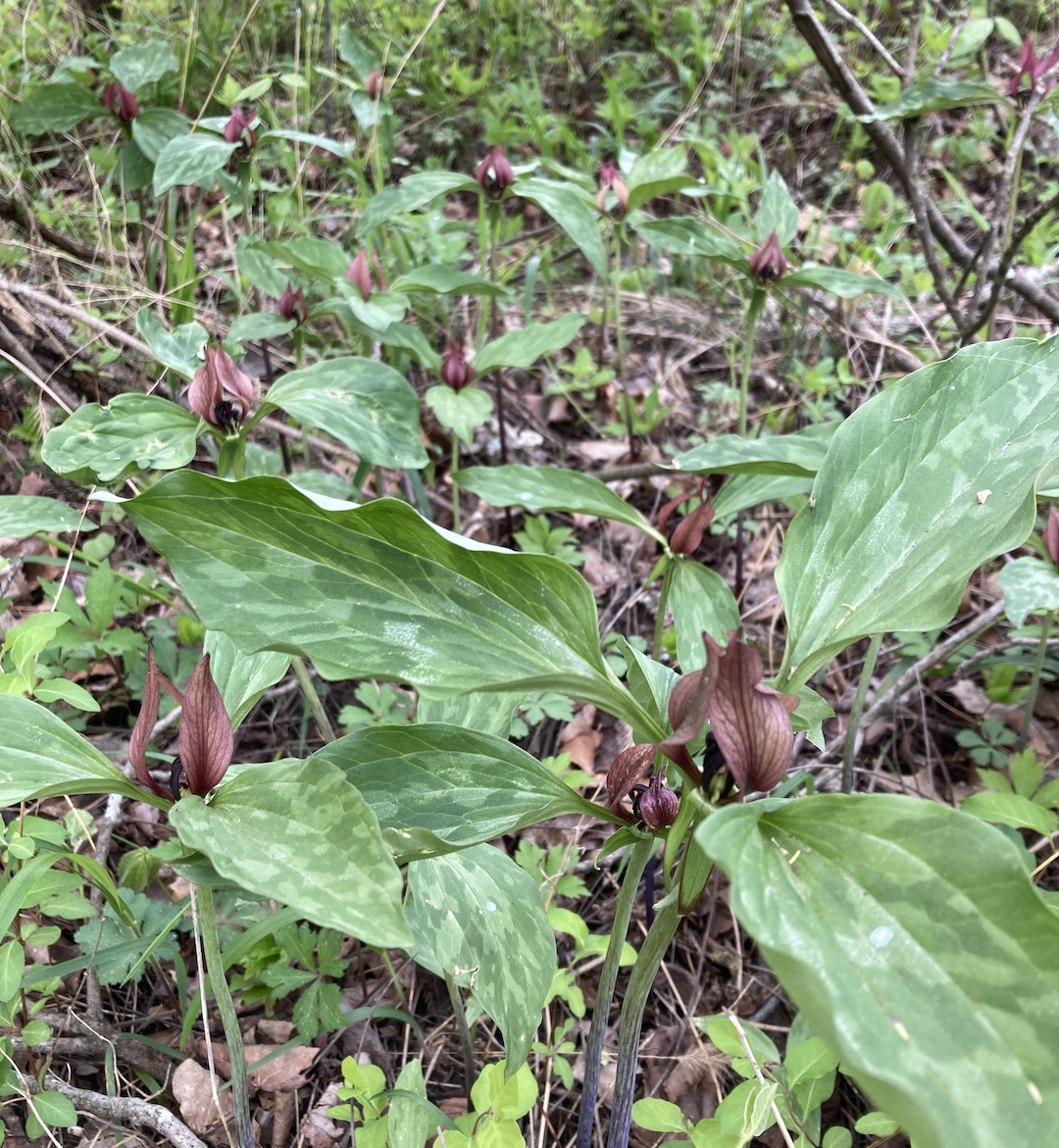



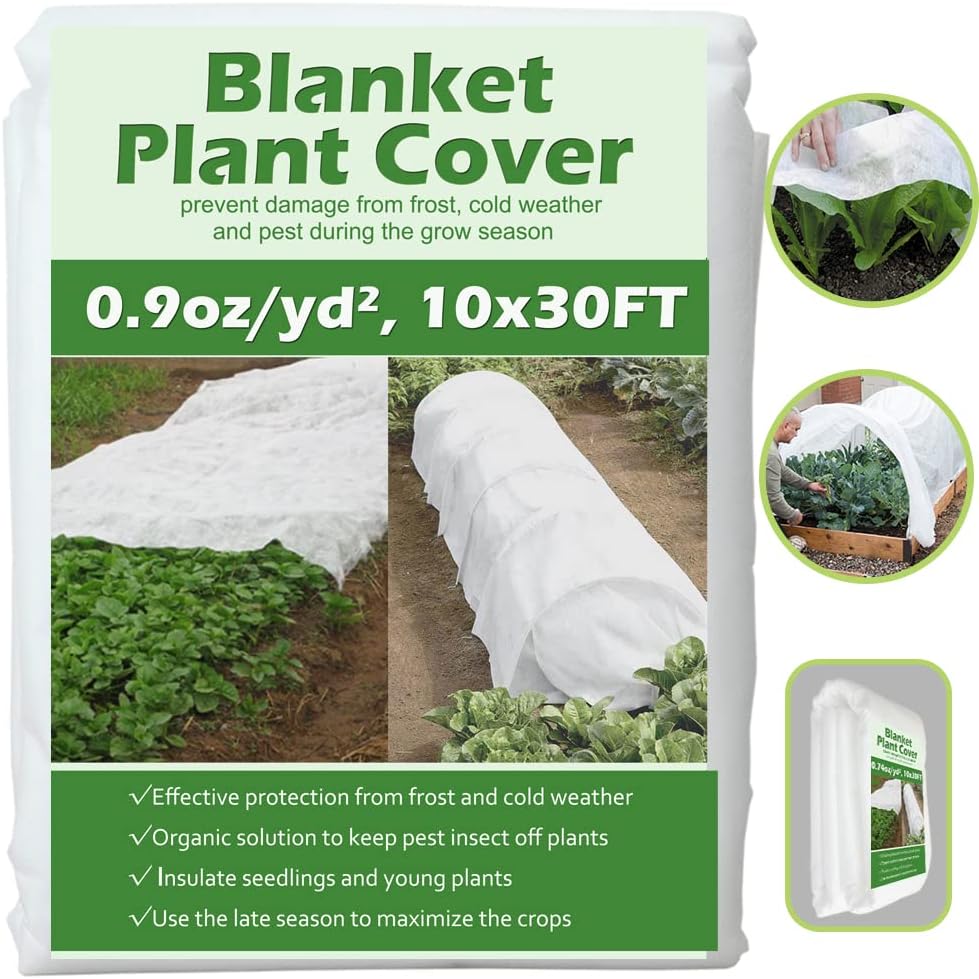
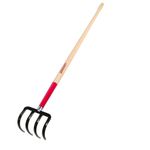
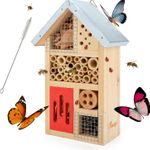

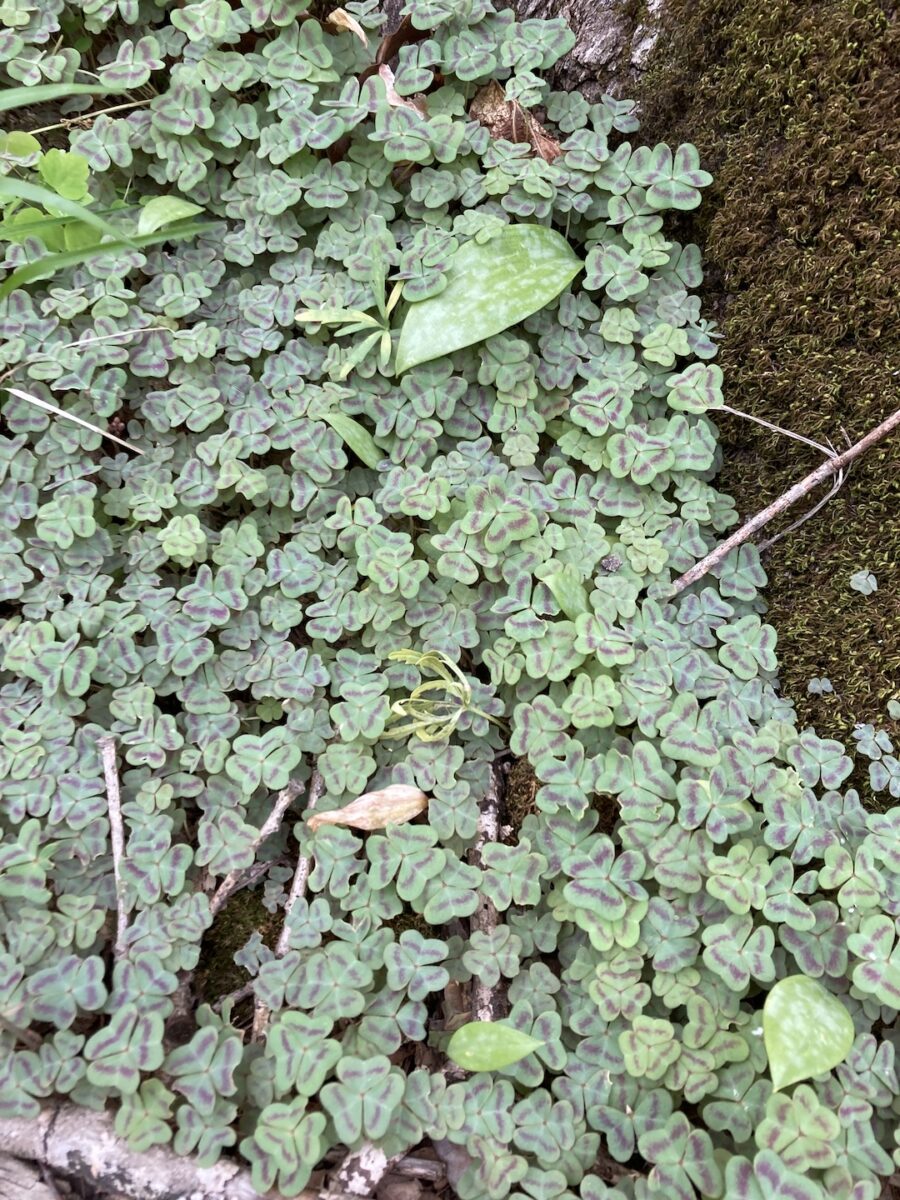


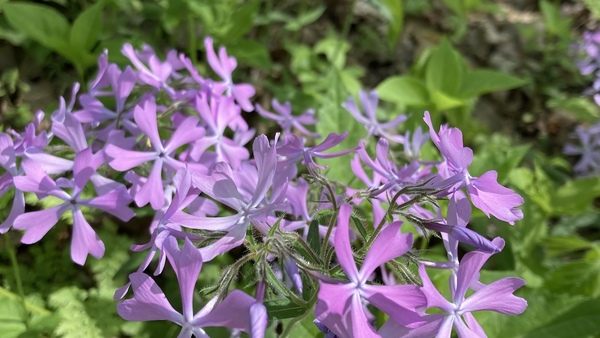
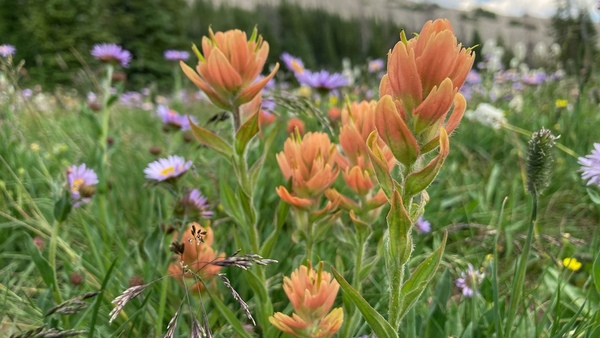
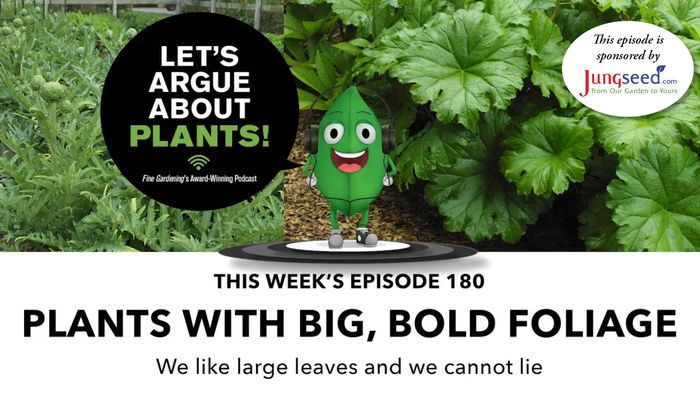
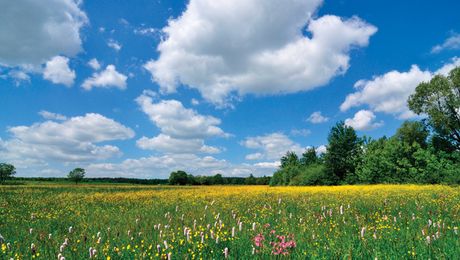
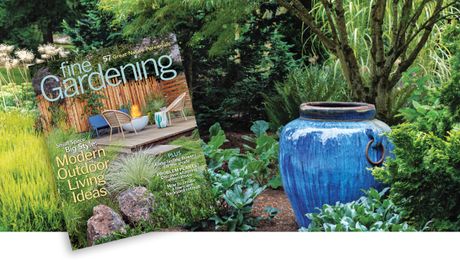
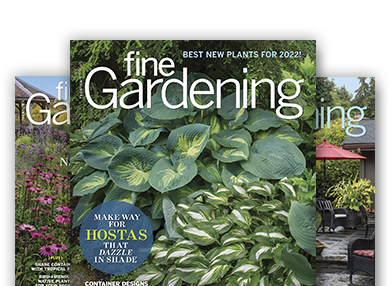

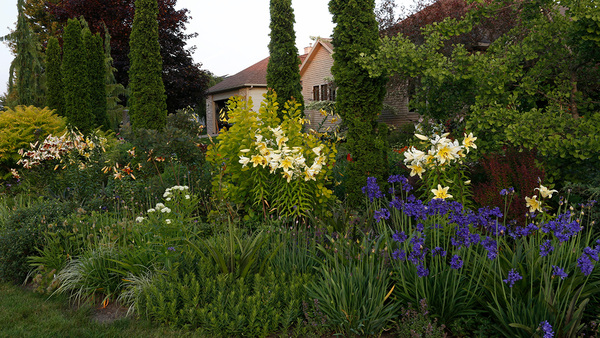



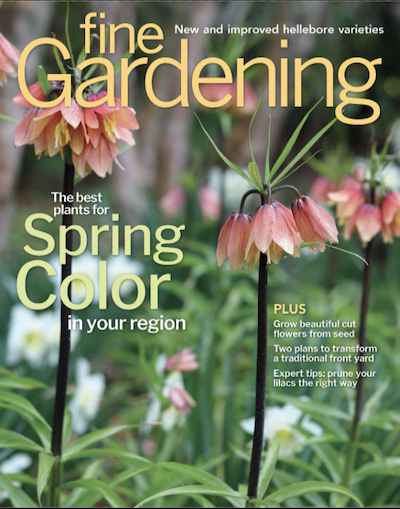



Comments
Wow! Most of these were unfamiliar to me even as a midwesterner who has spent a lot of time tromping around in the woods. Thanks for reminding us there are wonders everywhere.
Wow, I love purple Oxalis and have never heard of these amazing "Violet wood sorrel (Oxalis violacea" you shared here!
Also love those "Giant waterleaf (Hydrophyllum appendiculatum" which I've also never heard of until now!
Learned a lot today!
Giant waterleaf - so beautiful!
The native plants are truly beautiful! Thank you for taking the pictures and sharing them.
Are we sure on the ID of giant waterleaf? That sure looks like a type of phacelia to me.
Log in or create an account to post a comment.
Sign up Log in